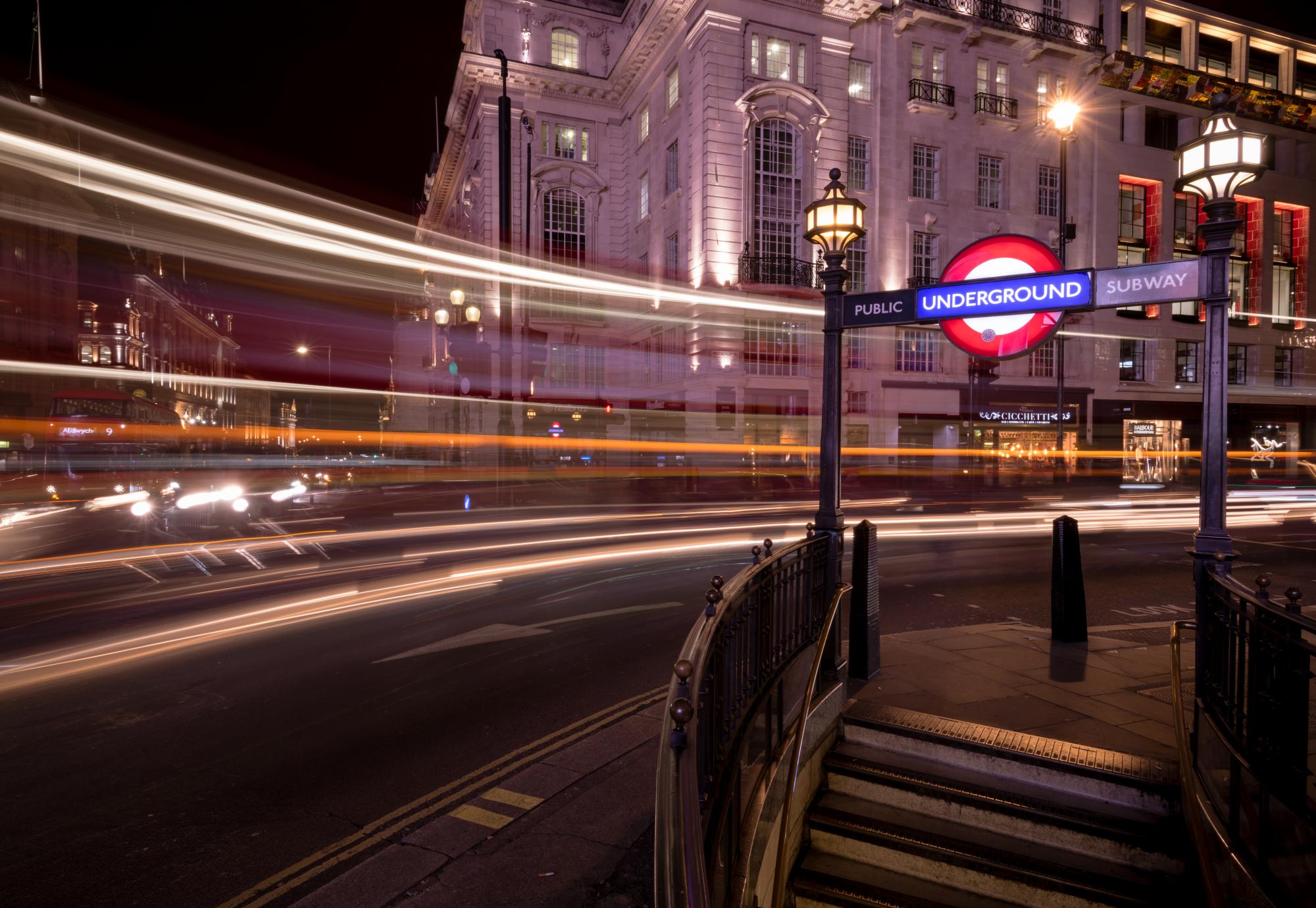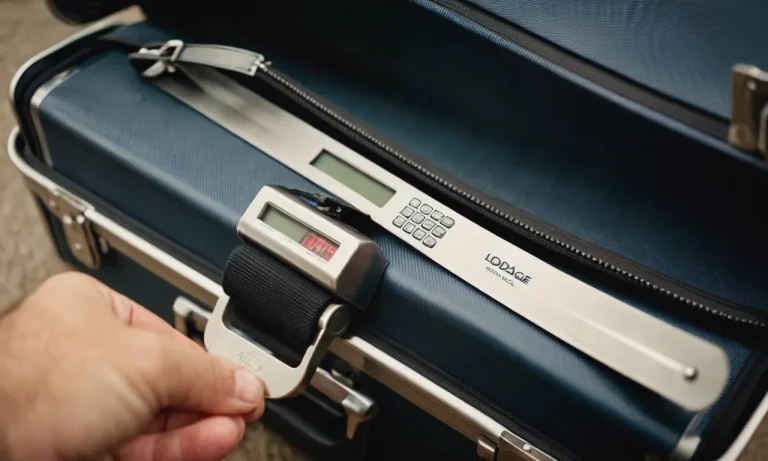Hailing a black cab and getting whisked away to your destination is one of the quintessential London experiences. But how much does this convenience cost? The answer depends on several factors.
If you’re short on time, here’s a quick answer to your question: The base fare for a London taxi starts at £2.60 and rises by £1.70 to £2.30 per mile during the day, with extra charges for nights and weekends. Expect to pay between £8-15 for a standard 3-mile journey in central London.
In this comprehensive guide, we’ll break down everything that goes into London taxi fares so you know exactly what to expect and budget for your rides around England’s bustling capital.
Factors That Affect the Cost of Your Ride
Time of Day
The time of day can significantly impact the cost of your taxi ride in London. During peak hours, such as rush hour in the morning or evening, taxi fares may be higher due to increased demand. Conversely, during off-peak hours, you may be able to find lower fares.
It is worth noting that some taxi companies may also have specific pricing for late-night or early-morning rides.
Mileage and Route
The distance you travel and the route taken by the taxi driver can affect the overall cost of your ride. Most taxis in London charge fares based on the mileage covered. Longer distances will naturally result in higher fares.
Additionally, some routes may have tolls or congestion charges that could be added to your fare. It is always a good idea to discuss the route with your driver beforehand if you have any preferences.
Traffic Conditions
Traffic conditions can have a significant impact on the cost of your taxi ride. London is known for its busy streets and congested traffic, especially during peak hours.
If you find yourself stuck in heavy traffic, it may result in a higher fare due to the increased time it takes to reach your destination.
Conversely, if you are lucky enough to catch a ride during a period of light traffic, you may save some money on your fare.
Number of Passengers
The number of passengers traveling in the taxi can affect the cost of your ride. Most taxis in London have a maximum number of passengers they can accommodate, typically ranging from 4 to 6 people.
If you exceed the maximum capacity, you may need to book multiple taxis or consider alternative transportation options.
Some taxi companies may also charge extra for additional passengers.
Luggage
The amount and size of luggage you have can also impact the cost of your taxi ride. If you have a significant amount of luggage or oversized items, you may need to book a larger taxi or pay an additional fee.
It is advisable to inform the taxi company in advance if you have excessive luggage to ensure they can accommodate your needs.
Holidays and Events
During holidays and special events, taxi fares in London may be subject to surge pricing or increased rates. This is often due to the high demand for transportation during these periods.
It is always a good idea to check with the taxi company or use a ride-hailing app to get an estimate of the fare during these times.
Planning ahead and booking in advance can help you secure a taxi at a more reasonable rate.
Booking in Advance
Booking your taxi in advance can sometimes result in lower fares. Many taxi companies in London offer discounted rates for pre-booked rides. By planning ahead and making a reservation, you can potentially save money on your transportation expenses.
Additionally, booking in advance can help ensure that you have a taxi available when you need it, especially during busy periods.
Estimating Your Taxi Fare
When planning a trip in London, it’s important to have an estimate of how much a taxi ride will cost you. Here are a few methods you can use to estimate your taxi fare:
Using Mobile Apps for Price Estimates
One convenient way to estimate your taxi fare is by using mobile apps specifically designed for this purpose. Apps like Uber, Lyft, and Gett provide fare estimates based on the distance and time of your trip.
Simply enter your pickup and drop-off locations, and the app will give you an approximate cost for your journey. This can help you plan your budget and compare prices between different ride-hailing services.
For more accurate estimates, some apps also take into account factors like traffic conditions and surge pricing. Keep in mind that these estimates may vary depending on the time of day and demand for taxis in your area.
Calling Local Taxi Companies for Quotes
If you prefer a traditional approach, you can call local taxi companies directly to get quotes for your trip. They will provide you with an estimated fare based on the distance to your destination.
While this method may take a bit more time and effort, it can be useful if you want to compare prices between different taxi companies or if you have specific requirements for your journey.
It’s worth noting that some taxi companies may charge additional fees for things like luggage, waiting time, or traveling during peak hours. Make sure to inquire about any extra charges when requesting a quote.

Saving Money on Taxi Rides in London
Avoid Peak Times
One of the best ways to save money on taxi rides in London is to avoid peak times. During rush hour, the demand for taxis is high, and prices can surge. If possible, try to plan your journeys outside of these peak hours.
Not only will you save money, but you’ll also avoid the stress of sitting in traffic.
Take Public Transit for Long Distances
If you’re traveling long distances within London, consider taking public transit instead of a taxi. The city has an extensive public transportation system, including buses and the underground tube network.
These options are often more affordable than taxis, especially for longer journeys. Plus, you’ll have the opportunity to experience the city like a local.
Share Rides When Possible
Another way to cut down on taxi costs in London is by sharing rides with others. If you’re traveling with friends or colleagues, see if you can split the fare. Many taxi services offer options for ride-sharing, allowing you to save money while still enjoying the convenience of a taxi.
Additionally, sharing rides reduces traffic congestion and contributes to a greener environment.
Pre-book Instead of Hailing
Instead of hailing a taxi on the spot, consider pre-booking your ride. Many taxi companies in London offer online or phone booking services.
By pre-booking, you can often secure a fixed fare, which can be more cost-effective than a metered fare.
It also ensures that a taxi will be available when you need it, particularly during busy periods.
Use Taxi Apps for Discounts
Technology has made it easier than ever to find discounts on taxi rides in London. Numerous taxi apps are available, which connect passengers with licensed taxis at competitive prices. These apps often offer discounts, promotions, and loyalty rewards.
They also provide real-time updates on taxi availability and estimated fares. Some popular taxi apps in London include Uber, Gett, and MyTaxi.
Taxis vs Other Transportation Options in London
The London Underground
When it comes to getting around London, the London Underground, also known as the Tube, is one of the most popular transportation options.
With its extensive network of lines and stations, it offers a convenient and efficient way to travel across the city.
The Tube operates from early morning until late at night, making it accessible for commuters, tourists, and residents alike.
For longer journeys that cross multiple zones, the fare increases accordingly.
Compared to taxis, the London Underground is often a more affordable option, especially for shorter distances within the city center. It also offers the advantage of avoiding traffic congestion, which can be a common issue on the busy streets of London.
Buses
Another popular transportation option in London is the bus network. The city has an extensive bus network that covers all areas, making it a convenient and cost-effective way to get around. Buses operate throughout the day and night, providing 24-hour service.
Uber and Rideshares
In recent years, ridesharing services like Uber have gained popularity in London. These services provide a convenient and often cheaper alternative to traditional taxis.
With just a few taps on a smartphone app, users can request a ride and have a car pick them up at their location.
The cost of using Uber or other rideshare services in London varies depending on factors such as distance, demand, and the type of car chosen. However, in general, rideshares tend to be cheaper than traditional taxis.
They also offer the advantage of being able to track the driver’s location and estimated arrival time.
It’s important to note that rideshare services are regulated in London, and drivers must meet certain requirements to operate legally. This provides an additional level of safety and peace of mind for passengers.
Cycling
Cycling is another popular transportation option in London, especially for shorter journeys within the city center. The city has a well-developed cycling infrastructure, including dedicated bike lanes and bike-sharing schemes.
Using a bike for transportation not only saves money but also offers health and environmental benefits. It’s a great way to explore the city while staying active.
Additionally, many areas in London offer bike parking facilities, making it easy and convenient to use a bike as a mode of transportation.
While cycling may not be suitable for everyone or for longer journeys, it is definitely worth considering as a cost-effective and eco-friendly option in London.
Conclusion
With London’s complex taxi pricing system, it’s impossible to predict your exact fare before hailing a cab. However, being familiar with the main factors that impact fares will help you estimate costs and budget accordingly.
Don’t let fears of high taxi prices stop you from experiencing one of London’s most iconic transportation options during your visit!






